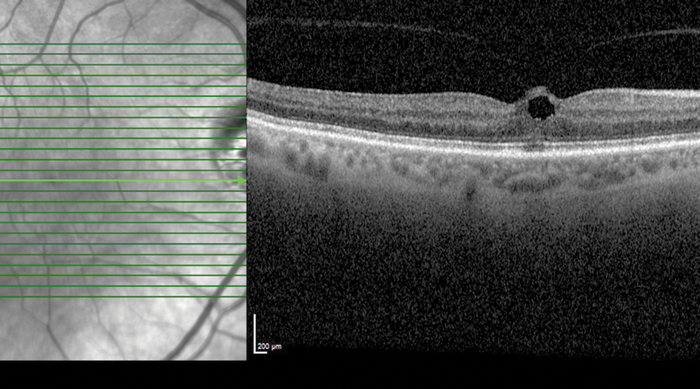


Once the vitreous detaches, the condition is almost completely harmless. PVD is a very common condition that usually affects people over age 50. This is called Posterior Vitreous Detachment (PVD). Usually, not long after this process starts, the vitreous separates from the retina completely. As the vitreous shrinks (usually due to aging) it becomes more liquefied and pockets of fluid form within the vitreous which leads to a contraction (syneresis) of the vitreous. There are millions of fine fibers intertwined within the vitreous that are attached to the surface of the retina – the eye’s light-sensitive tissue lining the back, inner wall of the eyeball.

The vitreous helps the eye maintain its round shape. The vitreous is a clear, gel-like substance (think of a jellyfish) that fills about 80 percent of the inside of the eyeball. To understand the mechanical causes of VMT, we should first familiarize ourselves with posterior vitreous detachment is and how it relates to VMT. A macular hole will distort and blur the central vision and, in most cases, needs surgical intervention in order to reduce the likelihood of permanent vision loss. Vitreomacular traction can lead to a macular hole. See the “Vitreomacular Traction” Animation Most patients who have VMT syndrome experience some difficulty doing daily tasks that require sharp vision, such as reading or watching TV. It is a vision-threatening condition and can cause symptoms ranging from blurry vision to distorted and blacked-out central vision. Vitreomacular traction (VMT) syndrome is an eye condition involving the vitreous, the clear gel that fills the inside of the eyeball.


 0 kommentar(er)
0 kommentar(er)
